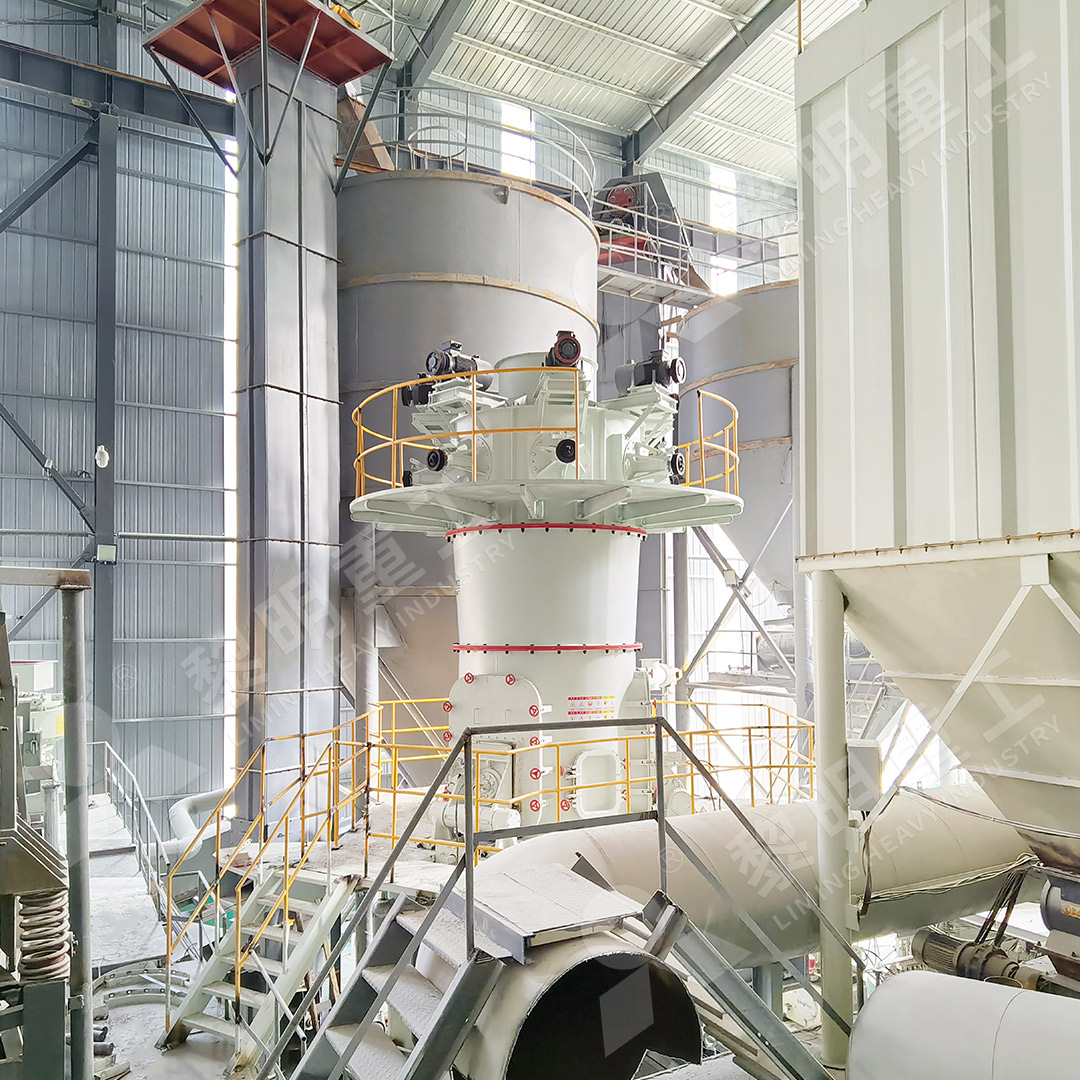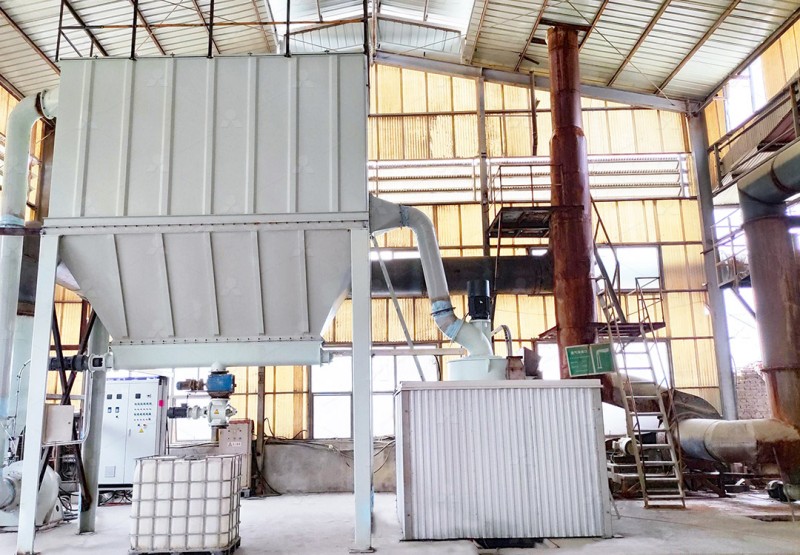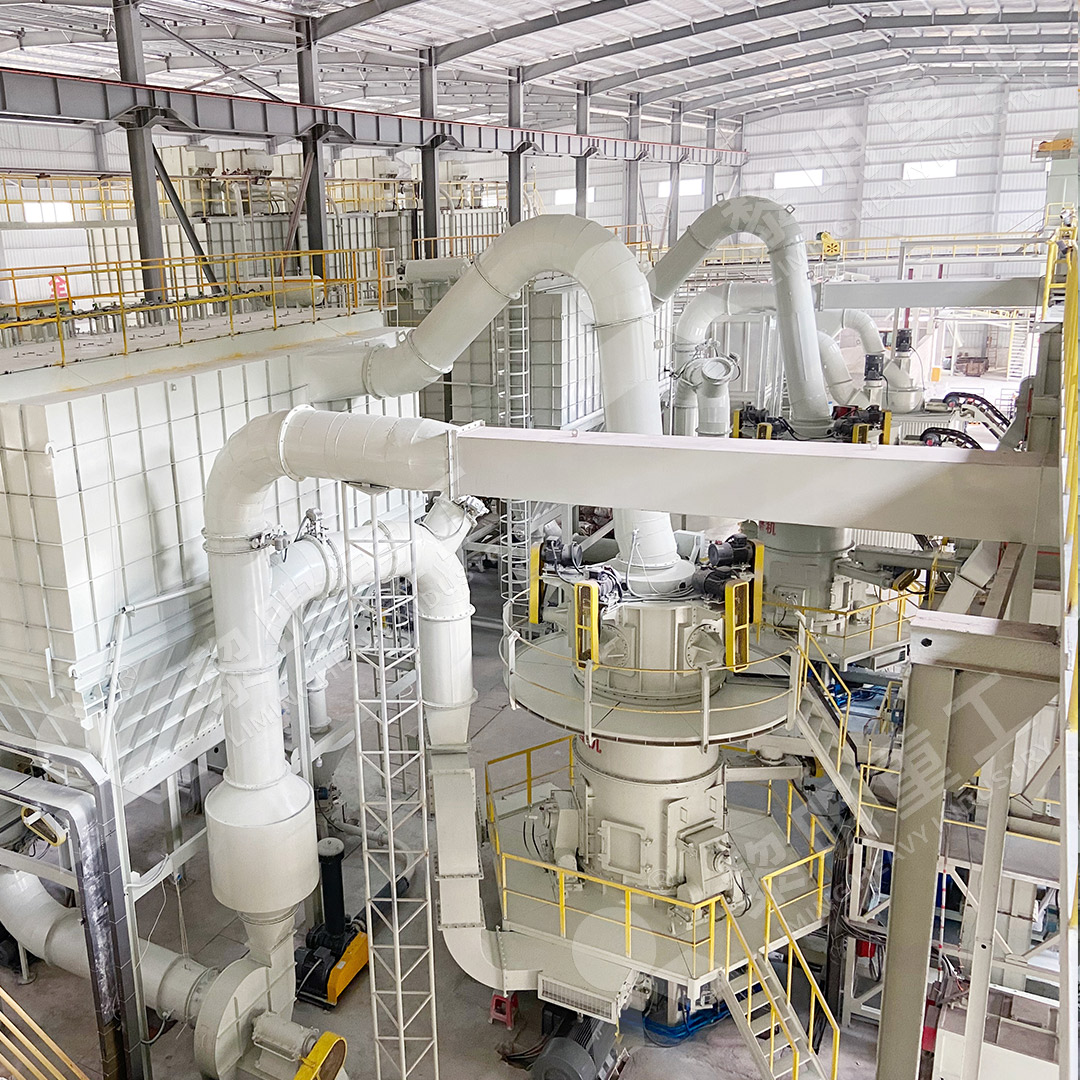Loesche Vertical Roller Mill: Technology and Applications
Loesche Vertical Roller Mill: Technology and Applications
For over a century, Loesche GmbH has been at the forefront of grinding technology, pioneering innovations that have shaped the mineral processing industry. The Loesche Vertical Roller Mill (VRM) represents a culmination of this expertise, offering a robust and efficient solution for grinding a wide spectrum of materials. Its design philosophy centers on achieving maximum grinding efficiency with minimal energy consumption, a principle that has become increasingly critical in today’s cost-conscious and environmentally regulated industrial landscape.
The core of the Loesche VRM’s success lies in its grinding principle. Material is fed onto the rotating grinding table and is ground under the rollers, which are hydraulically pressed against the bed of material. The unique geometry of the rollers and table, combined with the dynamic separation in the integrated classifier, ensures a narrow particle size distribution and high-quality final product. This process is far more efficient than traditional ball milling, as it utilizes the material bed itself for comminution rather than relying on inefficient impact and attrition between tumbling balls.

Applications for the Loesche VRM are vast and varied. It is the mill of choice for grinding raw materials and coal in the cement industry, providing the consistent fineness required for optimal clinker production. Beyond cement, these mills excel in processing blast furnace slag, converting a industrial by-product into a valuable additive for high-strength concrete. The technology is also successfully applied in ore beneficiation, power plants for pulverized coal injection, and industrial minerals processing for materials like limestone, barite, and phosphate.
While the legacy of Loesche technology is formidable, continuous innovation drives the industry forward. For operations requiring ultra-fine powders, modern solutions have pushed the boundaries of fineness and energy efficiency. A prime example is the MW Ultrafine Grinding Mill. This advanced mill is engineered for customers who need to produce ultra-fine powder in the range of 325 to 2500 meshes. It features a highly efficient cage-type powder selector based on German technology, ensuring precise powder separation. Notably, its design eliminates rolling bearings and screws within the grinding chamber, significantly reducing maintenance concerns and the risk of mechanical failure. Equipped with an efficient pulse dust collector and muffler, the MW Ultrafine Grinding Mill operates with minimal environmental impact, making it an ideal choice for the chemical, paint, cosmetics, and food additive industries where product purity and clean operation are paramount.

Another noteworthy advancement is the LUM Ultrafine Vertical Grinding Mill, which integrates the latest grinding roller and powder separating technologies. It features a unique roller shell and lining plate grinding curve that promotes stable material layer formation and enables a high rate of finished product in a single pass. Its reversible structure, a significant design consideration, allows for easy maintenance by enabling the grinding roller to be moved out of the mill body effortlessly. This focus on maintainability, combined with multi-head powder separating technology and double position-limiting technology for operational stability, makes the LUM series a superior choice for producing superfine dry powder from non-metallic ores.
The operational benefits of vertical roller mill technology are clear: reduced energy consumption, lower wear rates, smaller footprint, and superior product quality. As industries continue to seek more sustainable and cost-effective processing methods, the evolution of VRM technology, as seen in specialized mills like the MW and LUM series, will undoubtedly play a pivotal role.

Frequently Asked Questions (FAQ)
What are the primary advantages of a Vertical Roller Mill over a Ball Mill?
VRMs offer significantly higher energy efficiency (30-50% less power consumption), a smaller physical footprint, lower noise levels, and better control over product fineness. They also incorporate drying capabilities when equipped with a hot gas generator.
What materials can be processed with a Loesche VRM?
Loesche VRMs are highly versatile and can grind a wide array of materials, including cement raw materials, clinker, granulated blast furnace slag, ores, coal, and various industrial minerals like limestone, barite, and phosphate.
How is product fineness controlled in a VRM?
Fineness is primarily controlled by the speed of the dynamic classifier located at the top of the mill. Adjusting the rotor speed changes the cut point, allowing for precise control over the particle size distribution of the final product.
What makes the MW Ultrafine Grinding Mill suitable for ultra-fine powder production?
The MW Mill is specifically designed for this task, featuring a high-precision cage-type powder selector that allows fineness adjustment between 325 and 2500 meshes. Its internal design, free from rolling bearings and screws in the grinding zone, ensures reliability and minimizes contamination risks.
Are these mills suitable for environmentally sensitive applications?
Yes. Modern VRMs, including the MW and LUM models, are designed with environmental protection in mind. They operate under negative pressure to prevent dust spillage and are equipped with high-efficiency pulse jet bag filters and noise reduction systems to meet strict environmental standards.
